According to a new report, the global e-cigarette market is valued at USD 17.301 billion in 2020 and is expected to reach USD 94.3166 billion by 2031, with a CAGR of 16.8% from 2022 to 2031.
The report provides an extensive analysis of key growth strategies, drivers, opportunities, key segments, Porter’s Five Forces analysis and the competitive landscape.
Since 2016, the e-cigarette and vaping market has grown substantially as devices become more efficient in terms of battery life and number of flavors. In addition, there is a wide variety of flavors on the market, including menthol, tobacco, fruit and nuts, and chocolate, attracting a large number of customers. In addition, the declining cost-effectiveness of these devices increases customer acceptance and is likely to drive market expansion over the forecast period.
In recent years, market players have emphasized increasing awareness of e-cigarettes and vaping devices, especially among adult smokers. For example, JUUL Labs, Inc. launched a marketing campaign in January 2019 to educate adult smokers about the negative effects of traditional combustible cigarettes and encourage them to switch to e-cigarettes and vaping devices. Such marketing strategies are expected to facilitate market expansion during the forecast period.
The global e-cigarette market is segmented on the basis of product type, flavor, distribution channel, and region.
On the basis of product type, the market is segmented into disposable, closed, and open. Open e-cigarettes are the most popular because they can be refilled and allow users to adjust the power of the battery and atomizer.
On the basis of flavor, the market is segmented into tobacco, plant, fruit, sweets, beverages, and others. Tobacco-flavored e-liquids can enhance the taste of tobacco products and reduce their adverse effects, making them more attractive and easier to acquire new users. Tobacco-flavored e-liquids provide the true essence of tobacco, rather than the burnt fire ash taste of traditional cigarettes.
Based on sales channels, the market is segmented into professional e-cigarette stores, online stores, supermarkets, tobacco stores, and others. The offline market remains the most popular channel for purchasing e-cigarettes. Vape specialty stores have a unique selection of vaping devices and other accessories.
Growing emphasis on adoption of safer smoking alternatives is expected to boost the use of e-cigarettes and vaping devices over the forecast period. During the COVID-19 pandemic, e-cigarette and e-cigarette sellers have implemented some COVID-19-based marketing methods to boost product sales. As supplies of e-cigarettes and vaping devices in brick-and-mortar stores become scarcer, sellers are starting to sell their wares through online platforms and giving away hand sanitizers and masks as freebies with the purchase of vaping products.
Key market players profiled in the report:
• Altria Group
• British American Tobacco
• Imperial Tobacco
• International Steam Group
• Japan Tobacco
• Nicotek Llc
• Njoy Inc.
• Philip Morris International
• Reynolds America Inc.
• Vmr Flavours Llc.
Key findings of the study:
• Based on product type, the modular segment is expected to register the highest revenue CAGR of 17.5% during the forecast period.
• As the basis for flavor, tobacco flavor is expected to dominate the market from 2022 to 2031.
• On the basis of distribution channels, the online segment is expected to grow at a significant CAGR over the forecast period.
• On a regional basis, Asia Pacific is projected to witness the highest growth rate, with a CAGR of 18.1% from 2022 to 2031.


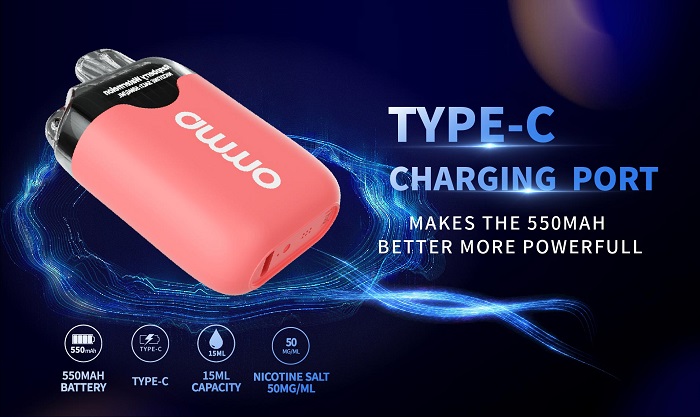
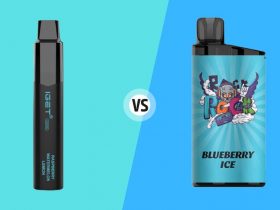
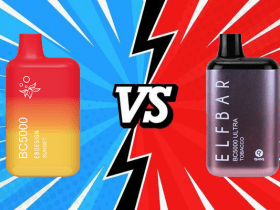



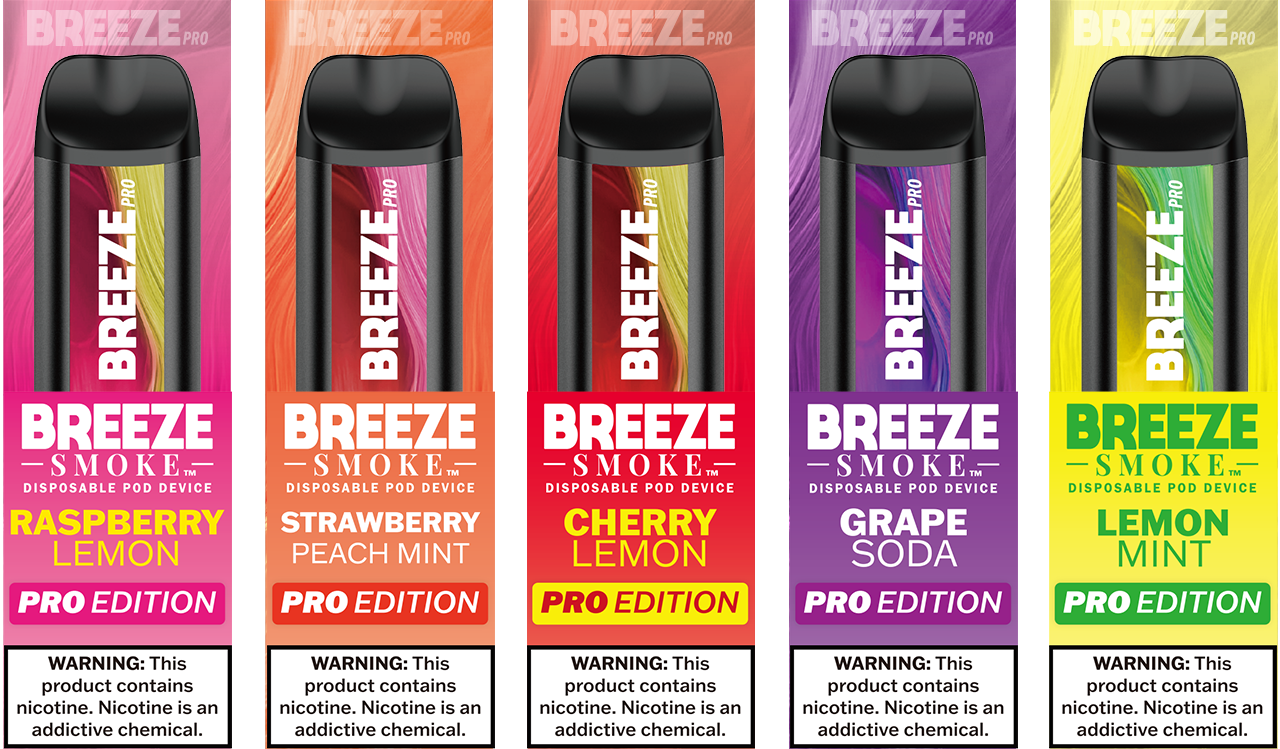

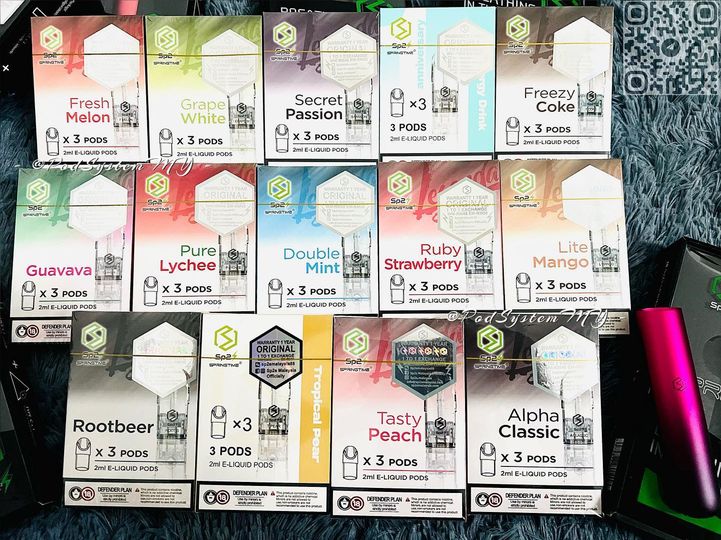
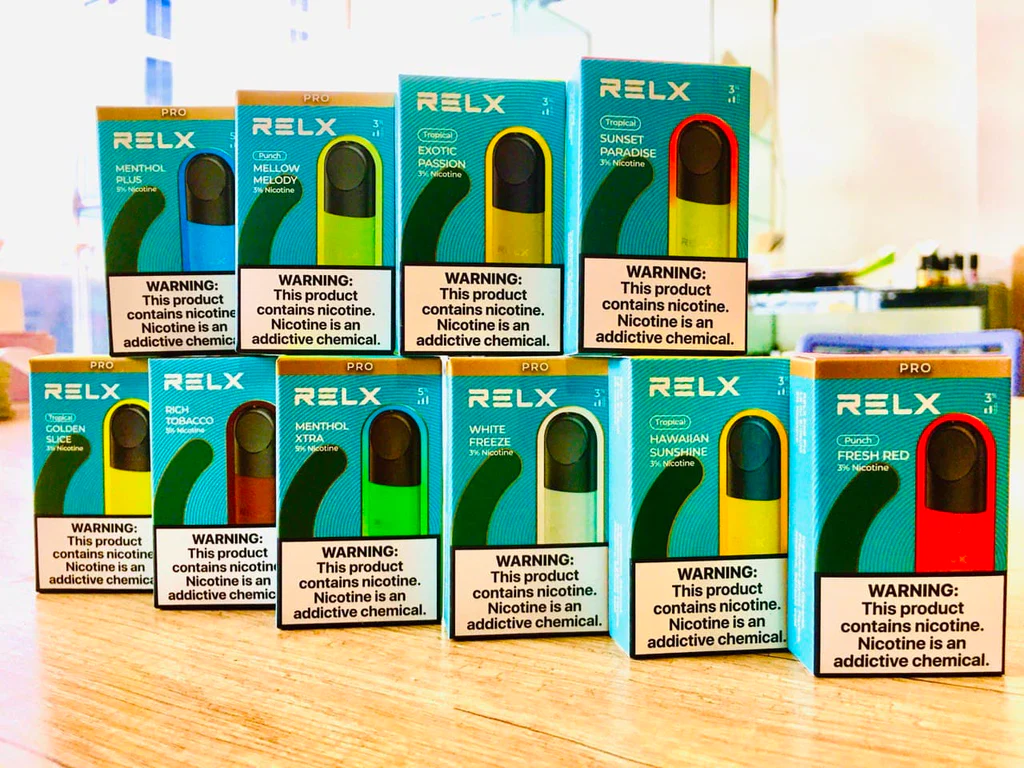





Leave a Reply